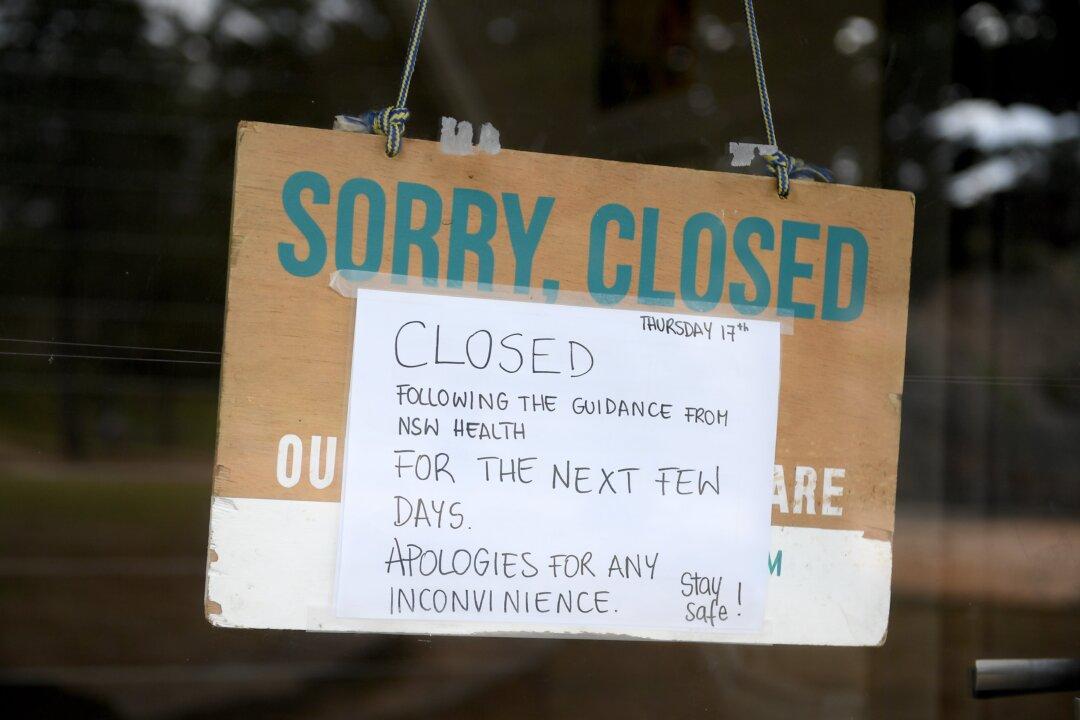Lockdowns have disproportionately affected workers for small businesses compared to large businesses, according to an analysis by the Institute of Public Affairs (IPA).
The analysis of Australian Bureau of Statistics (ABS) unemployment data found that between June 26 and July 17, 420,000 jobs were lost—or 20,000 a day.





